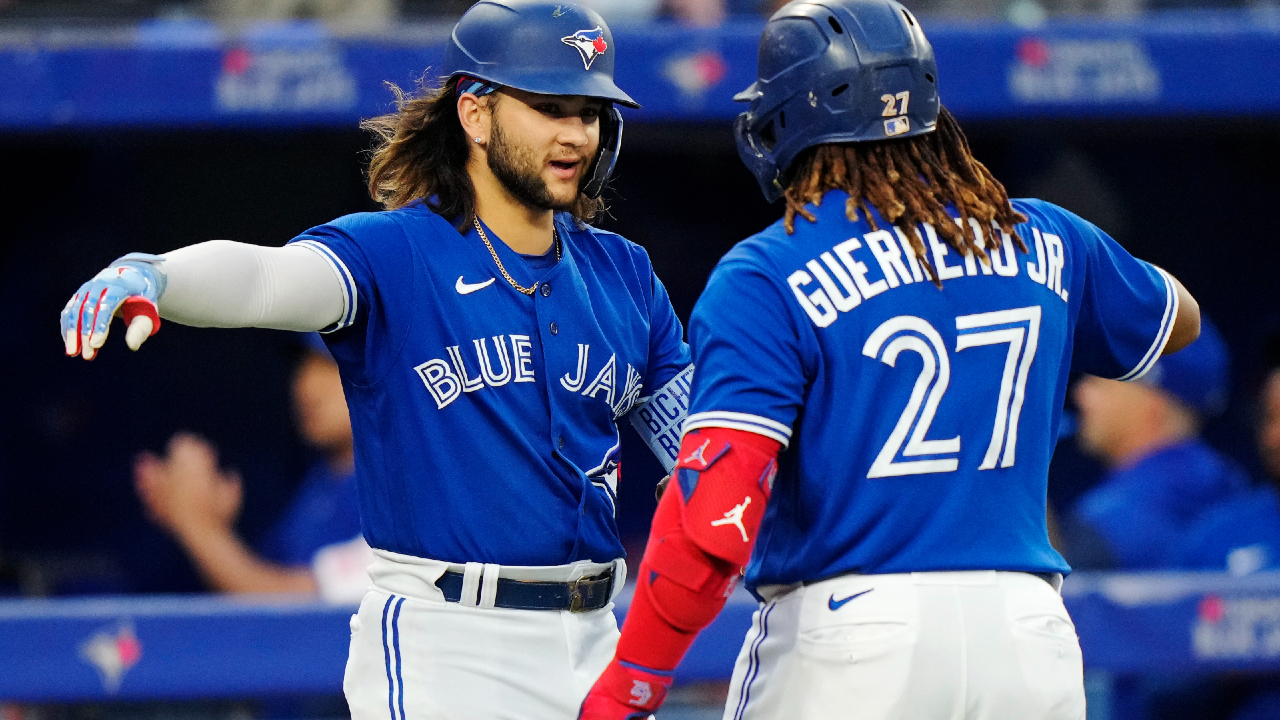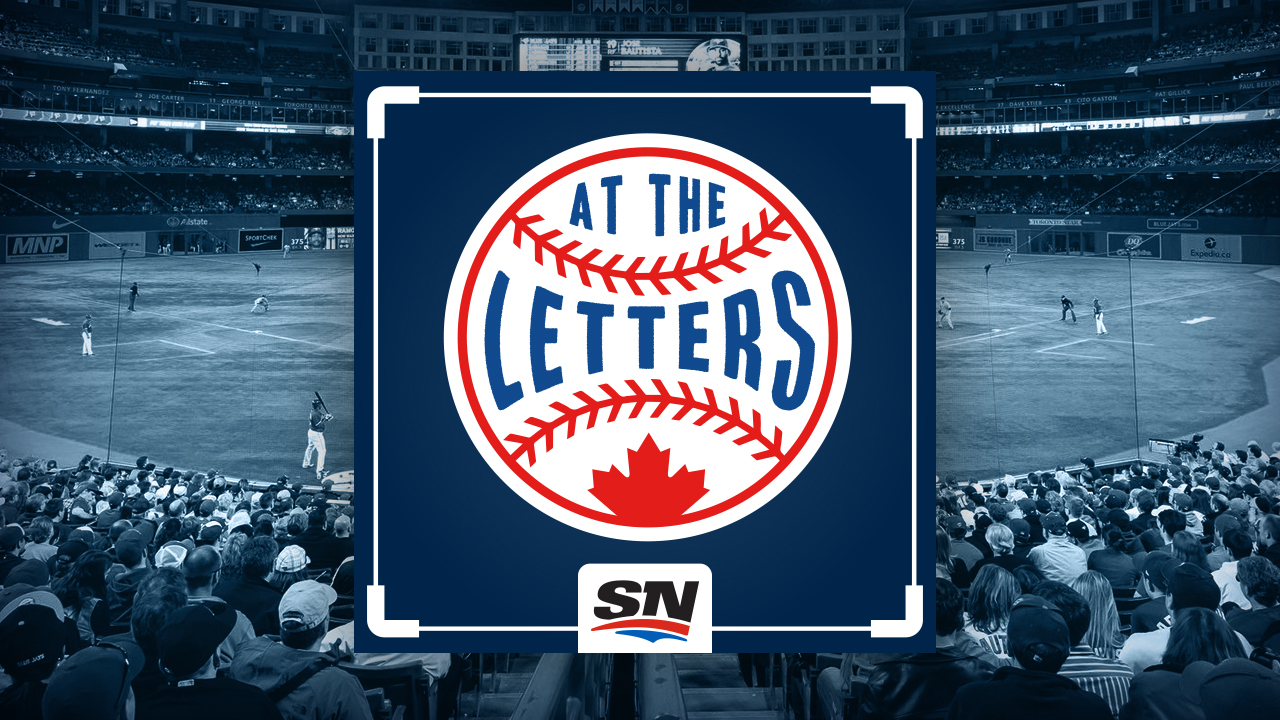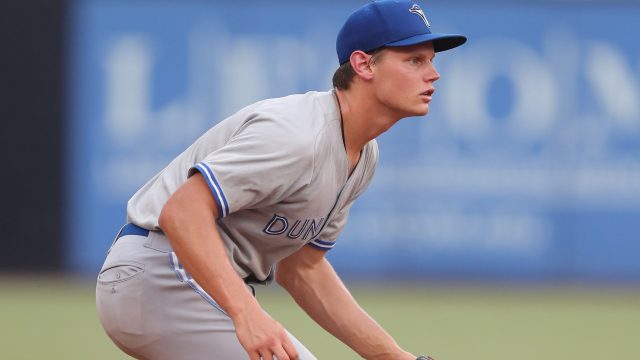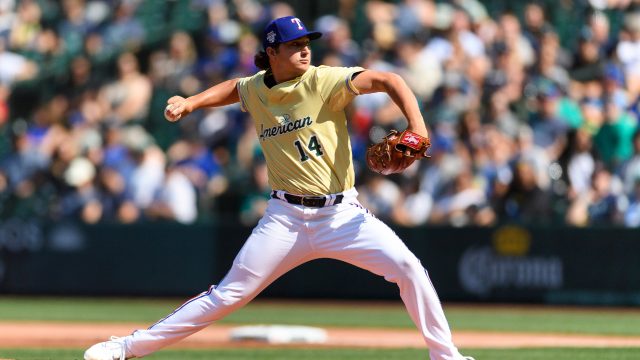
SEATTLE — Everything about Alan Roden’s draft experience remains vivid a year later. Talking with several teams in the months leading up to his selection. The persistent interest from a handful of clubs, the Toronto Blue Jays prime among them. Chilling with his dad and girlfriend at the home of his Cape Cod League host family while waiting for the news. The call from his advisor tipping him off that the Blue Jays were planning to take him with their next turn, at No. 98 overall. Refusing to fully trust it until his name popped up on Major League Baseball’s draft tracker. The call from area scout Wes Penick letting him know it was done. Seeing his name pop up online soon after.
“It’s crazy it’s been a full year,” the 23-year-old outfielder impressing with the high-A Vancouver Canadians said during his team’s weekend visit to Hillsboro, Ore. “I had a great draft experience. It was pretty quick for me, I knew I wasn’t going to go on the first day and then the second day, I was within the first 20 minutes. So pretty stressless day when it’s a pretty stressful day for most people. I’m excited for everyone that’s going to get picked.”
The 2023 draft begins Sunday evening with the first and second rounds, along with competitive balance rounds A and B, plus three second-round compensation picks. The Blue Jays’ first pick is at No. 20 overall, but they forfeited their second selection due to the free-agent signing of Chris Bassitt, so they’ll have to wait until the third round, No. 89 overall, for their next turn.
At $6,529,700, amateur scouting director Shane Farrell will have the fifth-smallest signing bonus pool to work with.
Once the Blue Jays start picking, they’ll again rely on the process that led them to Roden, who is batting .312/.430/.455 with 40 walks against 31 strikeouts through his first 65 games at Vancouver.
While in the past scouting departments identified and acquired independently from player-development staff tasked with preparing them for the big-leagues, the trend in recent years has been for clubs to integrate both branches into their decision-making.
In doing so, the most efficient teams can identify skills or traits that their staff is better at developing and then target players with those abilities in the draft. Set up properly, that should make for a better success rate in grooming talent.
“Ultimately that’s the goal, to feed your system with the types of players that you’re best at developing,” Farrell said during a Zoom conversation with media last week. “What we’re trying to do is really involve our player-development group, specifically at the co-ordinator level, and fold them into our scouting process a little bit more throughout the year. Get them familiar with the pool of players they may potentially be working with. It also allows a different set of eyes to look at the player differently than a traditional scout may. So it provides a unique opinion, identifies some potential hurdles or different development levers to pull on if we do acquire the player.”
To that end, players that may be undervalued can be targeted if a team is confident their development system can help improve a skill. Top Blue Jays prospect Ricky Tidemann, taken in the third round of 2021, is one example, his velocity taking a massive leap after adjustments to his workout regimen and diet through the club’s strength and conditioning and nutrition staff.
Seeking players based on tools the player development department feels it’s best suited to leverage happens, “at times,” said Farrell. “But you do have to take what the draft is giving you. If you look at our drafts over the last few years, they’ve been fairly diverse or balanced in some ways. You can look at last year’s draft with players like Alan Roden or Josh Kasevich, who controlled the zone well, made a lot of contact and then, a few rounds later we take a chance on Peyton Williams, who’s more of a corner/first base profile with really big power. We’re a little bit more balanced, but obviously trying to get the players in our system that our player development group is most wanting to work with.”
In terms of hitters, “contact is something we certainly value,” said Farrell, which is how Roden ended up becoming a focal point.
After he was drafted out of Creighton University, Roden remembers meeting with Blue Jays coaches and staff, going over various heat maps of what he did and didn’t do well, and where they believed there was opportunity for him.
Rather than asking him to lean into his ability to make contact with pitches all over the zone, they urged him to “go away from that a little bit, trying to open it up more, just because sometimes that can be a fault of mine, swinging at pitches early in the count you shouldn’t and making an out instead of finding the right pitch and doing more damage,” Roden explained.
“I love breaking it down,” he continued. “I know my hot zones and where I like to hit pitches — heaters down and in, that’s my spot, it’s always been my spot. But I love being pretty analytical and just being honest with yourself about what you’re good at and what you’re not very good at. That’s the best way for growth.”
The same holds true for clubs, who need to identify not only who are the best players available, but also which ones they’re best suited to helping, too.








